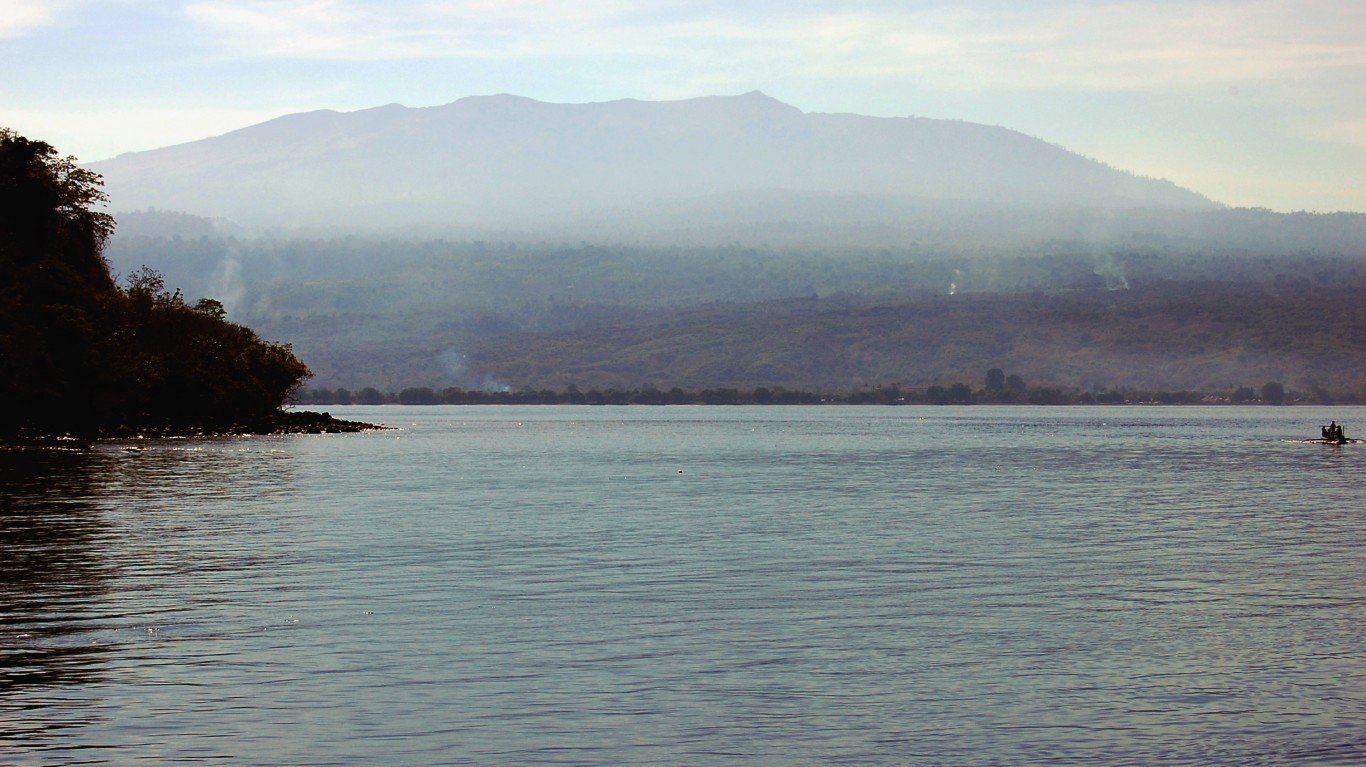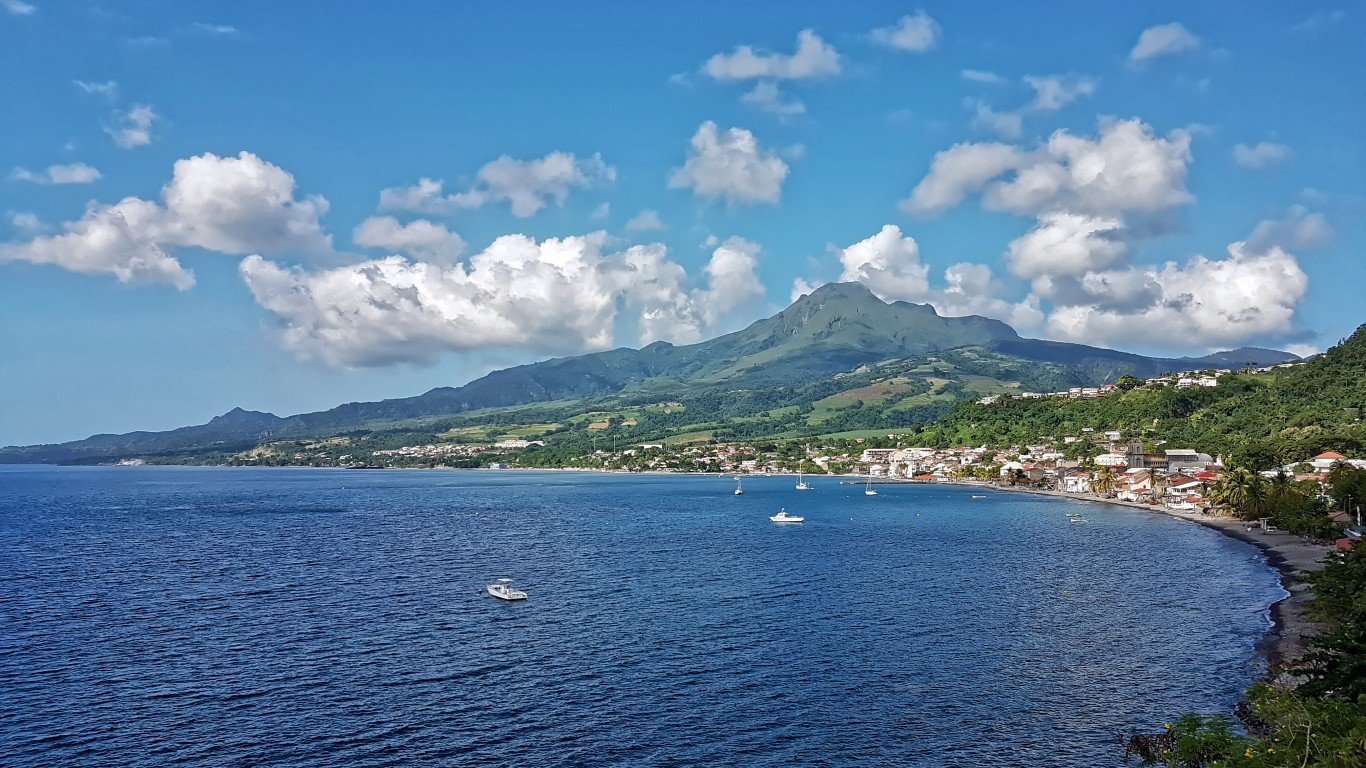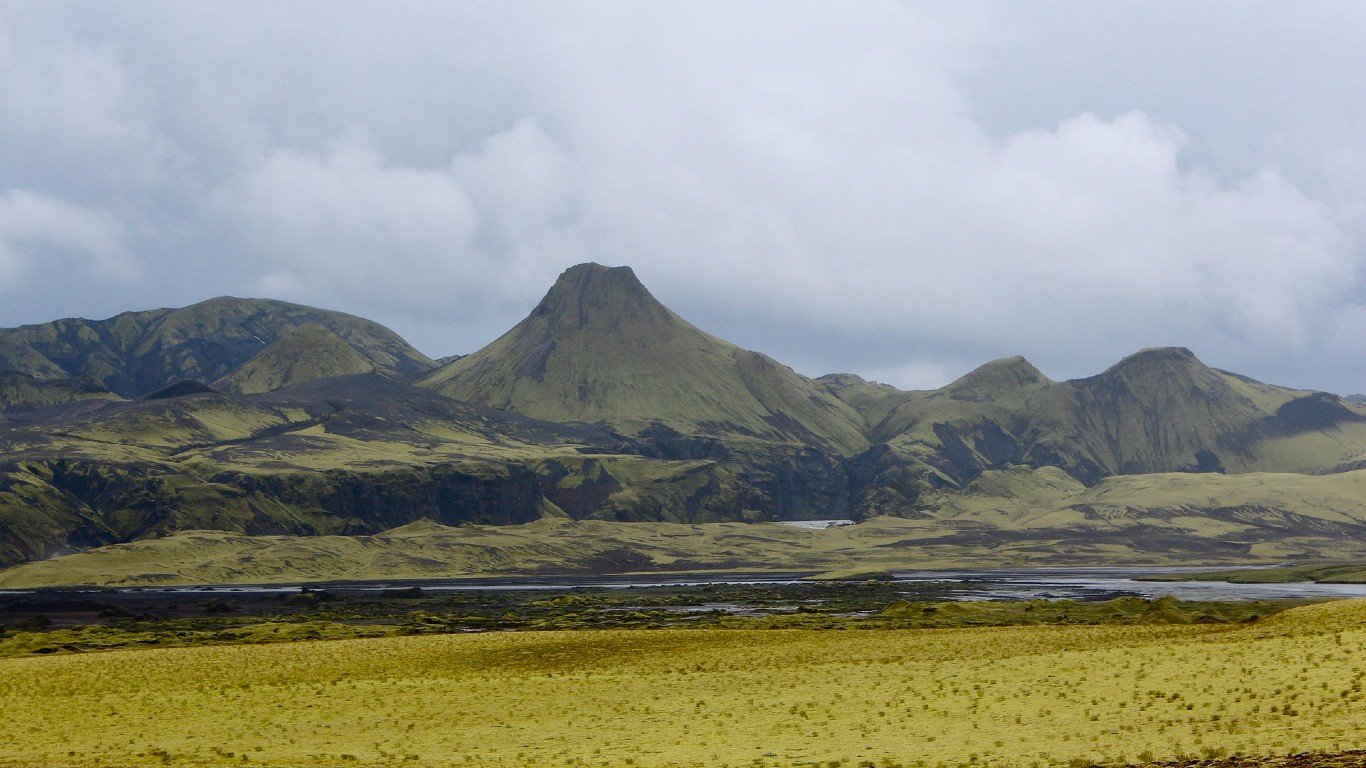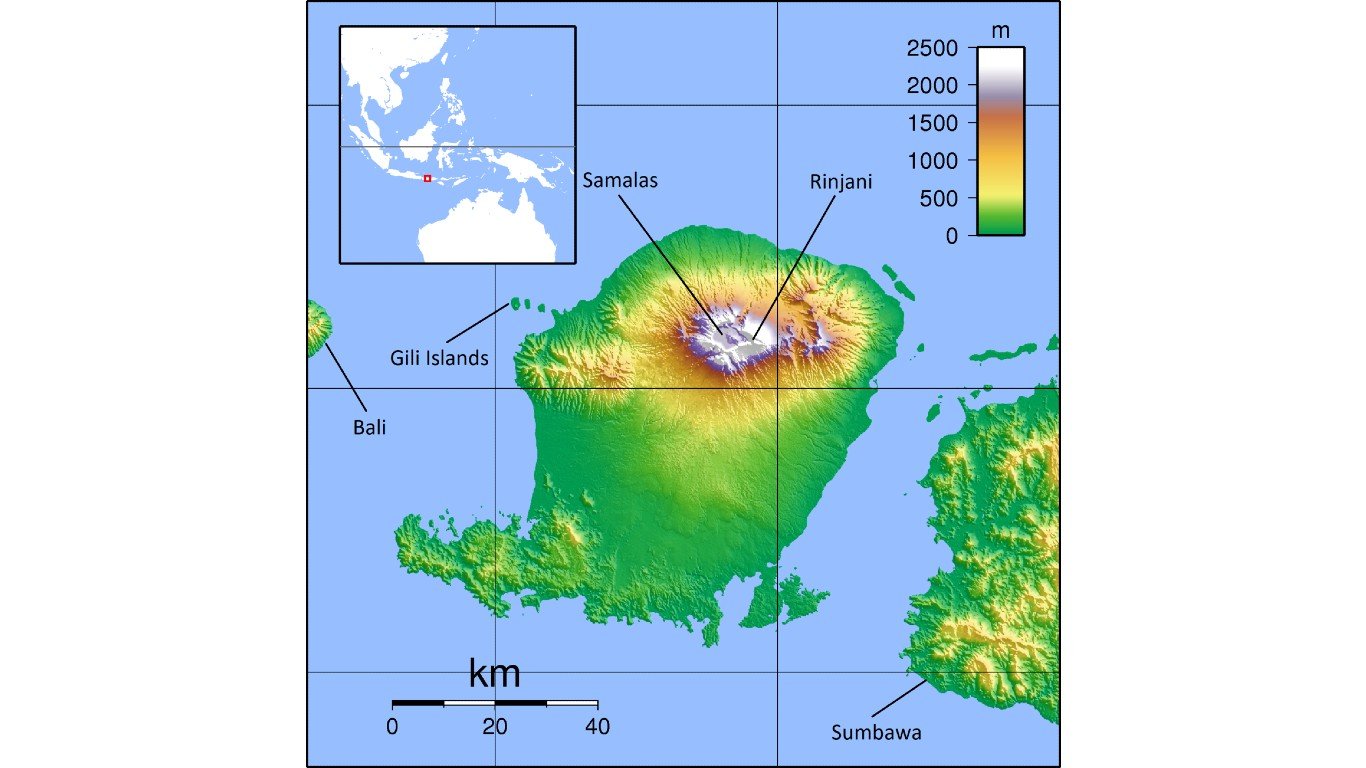
1. Mount Tambora
> Year: 1815
> Location: Indonesia
Mount Tambora holds the record for causing the most powerful volcanic blast in the last 10,000 years. Producing a 3.7-mile-wide caldera — the crater formed by the collapse of a volcano’s center — the eruption was heard 1,200 miles away and sent ash and magma spewing over 10 miles high, in what is known as a plinian eruption column. It is estimated that the blast and subsequent environmental fallout killed 100,000 people.
2. Nevado del Ruiz
> Year: 1985
> Location: Colombia
Although the eruption of Nevado del Ruiz in 1985 did not produce a massive blast, the subsequent mudflow buried the town of Armero, killing more than 23,000 people. According to the International Disaster Database, in addition to being the fourth-deadliest eruption in history, it is the most expensive volcanic eruption ever, causing about $1 billion in damages.

3. Mount Pelée
> Year: 1902
> Location: Martinique
The third-deadliest volcanic eruption in history, as well as the deadliest of the 20th century, the eruption of Mount Pelée killed 30,000 people and cost its community about $50 million. The pyroclastic surge destroyed the city of St. Pierre, leaving very few survivors.
4. Laki
> Year: 1783
> Location: Iceland
This eight-month-long eruption from the Lakagígar fissure in Iceland emitted enough sulfur dioxide to cause global temperatures to drop, leading to widespread famine in western Europe and Egypt. The poison gasses killed the majority of Iceland’s livestock, as well as ruining crops and leading to the deaths of about 10,000 Icelanders.
5. Samalas
> Year: 1257
> Location: Indonesia
This blast on the Indonesian island of Lombok most likely had a VEI of 7 — comparable to the devastating eruption of Mount Tambora in 1815 — and destroyed the city of Pamatan. The emissions and aerosols that entered the atmosphere are thought to have caused climate changes that led to famine around the world and may also have contributed to triggering the so-called Little Ice Age.


 24/7 Tempo
24/7 Tempo






